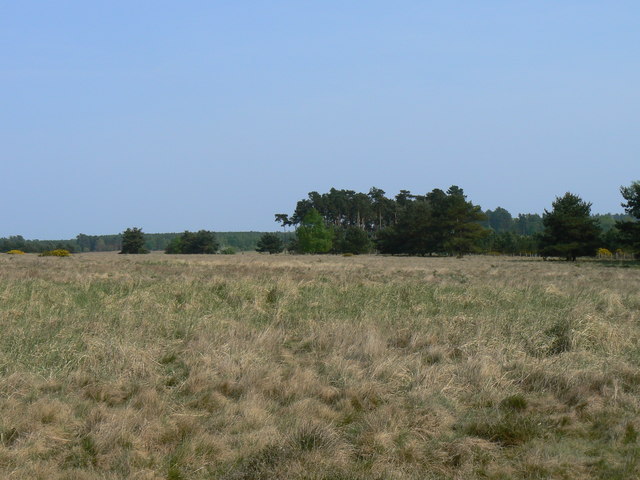Little Redcross Plantation
Wood, Forest in Norfolk Breckland
England
Little Redcross Plantation
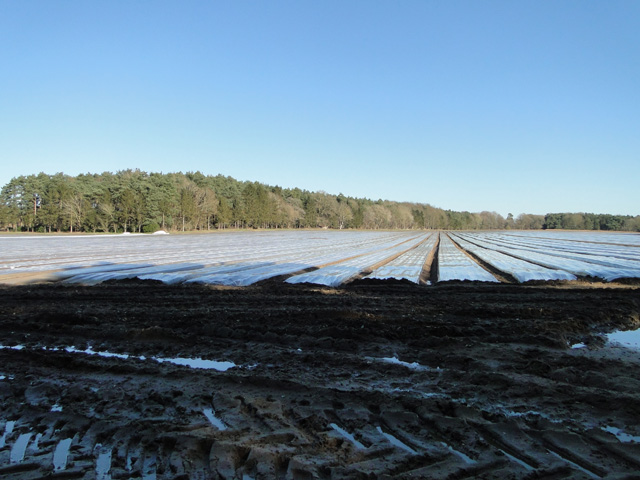
Little Redcross Plantation is a historic estate located in Norfolk, Virginia. Situated in a wooded area, it is often referred to as Little Redcross Plantation, Norfolk Wood, or Norfolk Forest. The plantation is known for its lush greenery, which consists of a variety of trees, including oak, pine, and maple.
The estate spans over several acres and is surrounded by a serene and tranquil atmosphere. It offers a picturesque setting, perfect for nature lovers and those seeking a peaceful retreat. The plantation's well-maintained gardens and manicured lawns add to its charm and beauty.
Little Redcross Plantation has a rich history that dates back to the early 18th century. It was originally a working plantation and served as a hub for agricultural activities such as tobacco cultivation. Over the years, the estate has undergone several renovations and improvements, while still retaining its original architectural features.
The main house, a grand two-story structure, serves as the centerpiece of the plantation. It features a classic colonial-style design, with large windows and a welcoming front porch. The interior of the house showcases period furnishings and decor, offering visitors a glimpse into the past.
Today, Little Redcross Plantation is a popular destination for tourists and locals alike. It offers guided tours, allowing visitors to explore the grounds and learn about its historical significance. The estate also hosts various events and activities throughout the year, including garden tours, art exhibitions, and cultural festivals.
In conclusion, Little Redcross Plantation in Norfolk, Virginia, is a beautiful and historically significant estate. Its stunning natural surroundings, coupled with its rich history, make it a must-visit destination for those interested in the region's heritage and natural beauty.
If you have any feedback on the listing, please let us know in the comments section below.
Little Redcross Plantation Images
Images are sourced within 2km of 52.507912/0.78528312 or Grid Reference TL8993. Thanks to Geograph Open Source API. All images are credited.

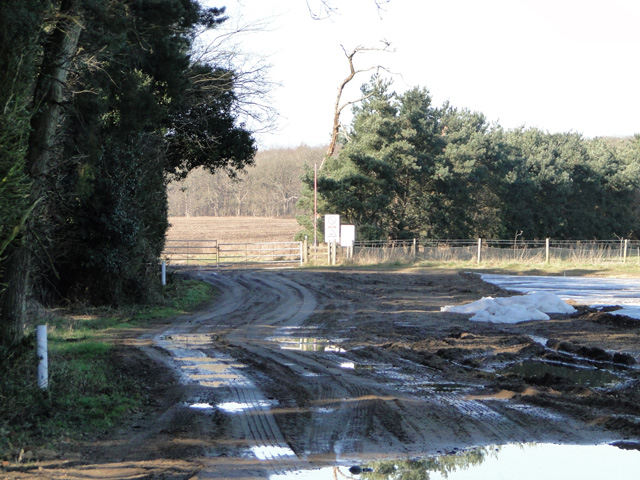

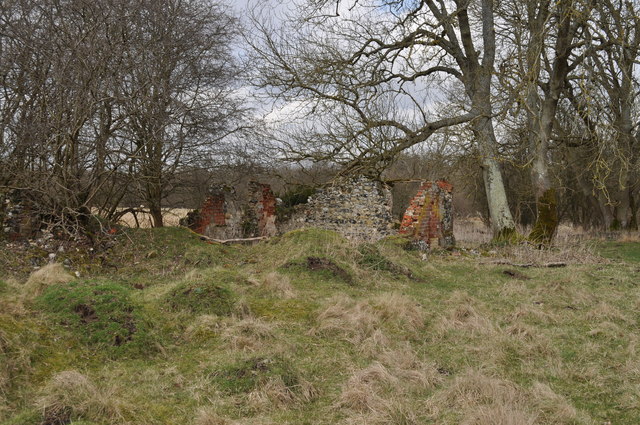
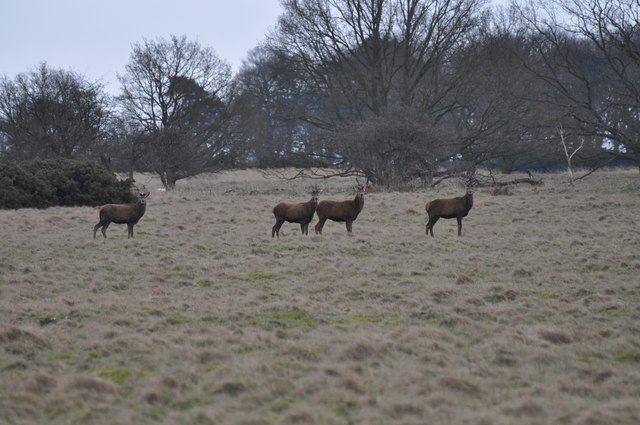
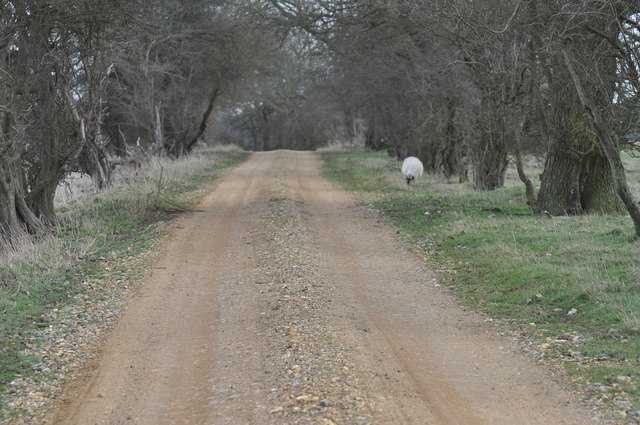
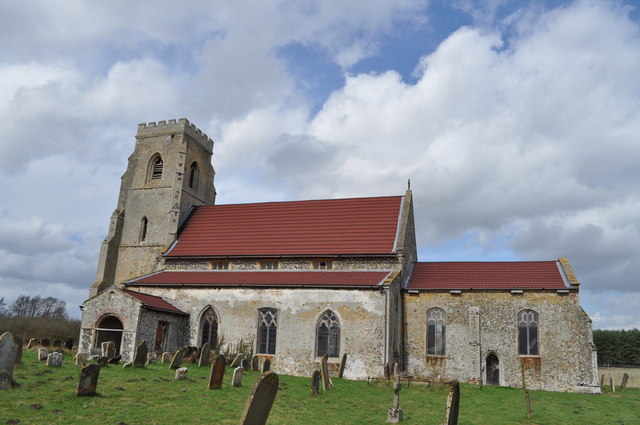

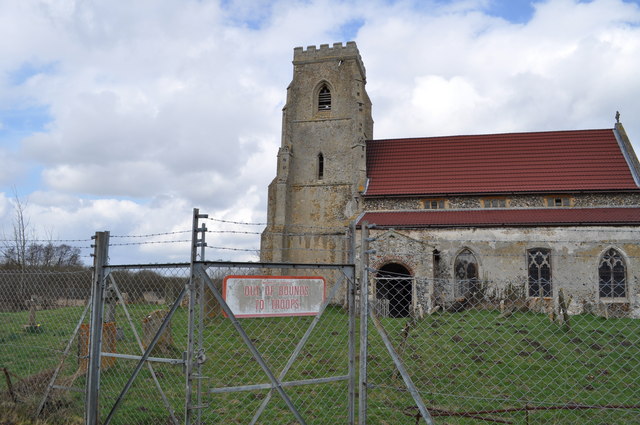
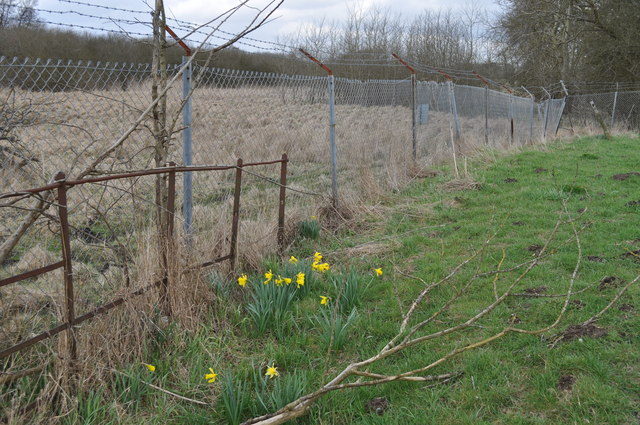








Little Redcross Plantation is located at Grid Ref: TL8993 (Lat: 52.507912, Lng: 0.78528312)
Administrative County: Norfolk
District: Breckland
Police Authority: Norfolk
What 3 Words
///scouts.remit.campfires. Near Watton, Norfolk
Related Wikis
Sturston, Norfolk
Sturston is a deserted village and civil parish in the English county of Norfolk. It is situated some 7+1⁄2 miles (12 km) north of the town of Thetford...
Breckland
Breckland in Norfolk and Suffolk is a 39,433 hectare Special Protection Area (SPA) under the European Union Directive on the Conservation of Wild Birds...
Tottington, Norfolk
Tottington is a deserted village and civil parish in the English county of Norfolk. It is situated some 6.2 miles (10.0 km) north of the town of Thetford...
Stanford Training Area SSSI
Stanford Training Area SSSI is part of the British Army Stanford Training Area. It is a 4,678-hectare (11,560-acre) biological and geological Site of Special...
Wretham Park Meres
Wretham Park Meres is a 30-hectare (74-acre) biological Site of Special Scientific Interest north of Thetford in Norfolk.This site consists of four natural...
Stanford Training Area
The Stanford Training Area (STANTA), originally known as the Stanford Battle Area, is a British Army training area situated in the English county of Norfolk...
Great Eastern Pingo Trail
Great Eastern Pingo Trail is a 9.2 kilometres (5.7 miles) long footpath along a disused railway line north of Thetford in Norfolk. It is a 4.2-hectare...
Wretham
Wretham is a civil parish in the Breckland district of Norfolk, England. The parish includes the village of East Wretham, which is about 6 miles (10 km...
Have you been to Little Redcross Plantation?
Leave your review of Little Redcross Plantation below (or comments, questions and feedback).

